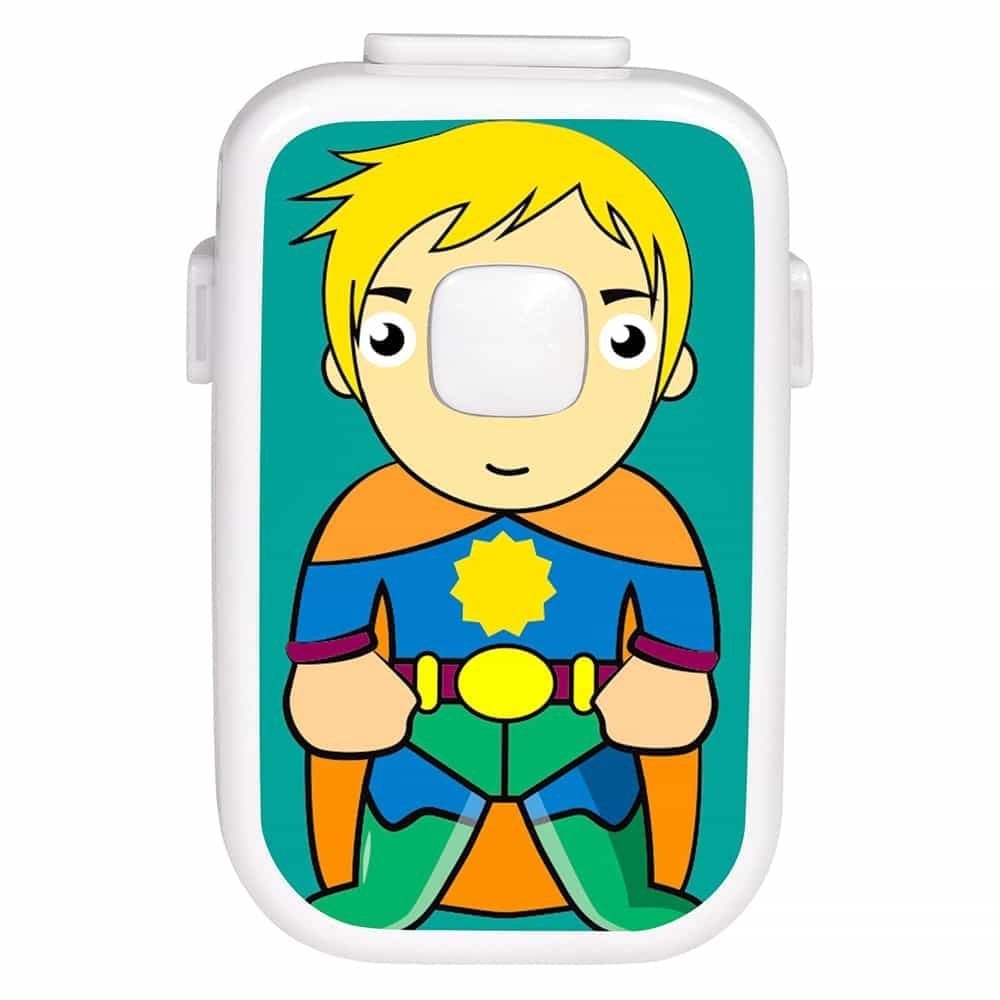Bedwetting or enuresis is among the more typical behavioral issues with small children. Bedwetting happens when a kid, instead of awakening and going to the toilet, or just 'holding it'; releases urine when the bladder gets full during sleep. There are a great deal of reasons for it - deep sleep, a little bladder capability, an increased production of urine during night and irregularity. In some cases, even level of sensitivity towards particular foods can contribute towards enuresis. Research studies indicate that kids who struggle with enuresis stop working to register the connection in between the urge to urinate and the requirement to wake up and go the restroom. It is as if their brain was in a different way 'wired' and this basic behavior pattern is missing from their psychological make-up.
Stop Bedwetting
A number of treatment options are available - medication, bed pads and Enuresis Alarms. While medication always has its fundamental threats, a bed pad is plain uneasy. Its plastic surface does not tend towards an unwinded sleep and neither does it sound the alarm when the child expels only a small amount of urine.
The best bet for any parent of a kid suffering from enuresis is a bedwetting alarm. This kind of an alarm has a sensory disc, which can be connected to the kid's underclothing, which in turn is connected to a device, which sounds an alarm instantly when the disc registers moisture. The theory is that if you are successful in waking up the child as quickly as he feels the urge to urinate, you can train him to go to the restroom immediately. The child's brain signs up the connection in between these two acts and discovers this behavior. Ultimately the kid will find out to get up without the requirement for an alarm and bedwetting would stop.
Due to the fact that they initiate a behavioral modification in the kid, making use of bedwetting alarms is highly suggested. In truth, research studies reveal that these gadgets have success rate of 60% to 80%. While medication is a stopgap arrangement, the alarms teach the child a lifelong practice. These devices normally have a standard modus operandi. The alarm is connected by cable to a small sensor. This sensor is attached to the outside of the kid's underclothing. The light-weight alarm system is anchored normally to the shoulder or lapel of the kid's pajamas. The sensing unit must be placed where the very first drop of urine would be anticipated. Wetness triggers the alarm (normally acoustic), requiring the child to wake.
At first, some troubles may be experienced while utilizing the alarm. The child may sleep through the disconcerting alarm, pull it off throughout sleep or refuse to use it. In these cases, moms and dads need to proceed with severe patience. They would have to assist the kid to get up during the night and eventually he will discover to respond to the alarm. An agitated sleeper might remove the sensing unit. Therefore, it is needed to choose a model that adheres strongly to underwear, while at the same time is not uncomfortable. When it comes to a child's refusal to its use, you should try to demonstrate its operation. Listen to his objections and encourage him by adequately addressing his issues. However, in no scenario must a bedwetting alarm be required upon the child.
Click here to know more about Adult Bed Wetting

Post a Comment